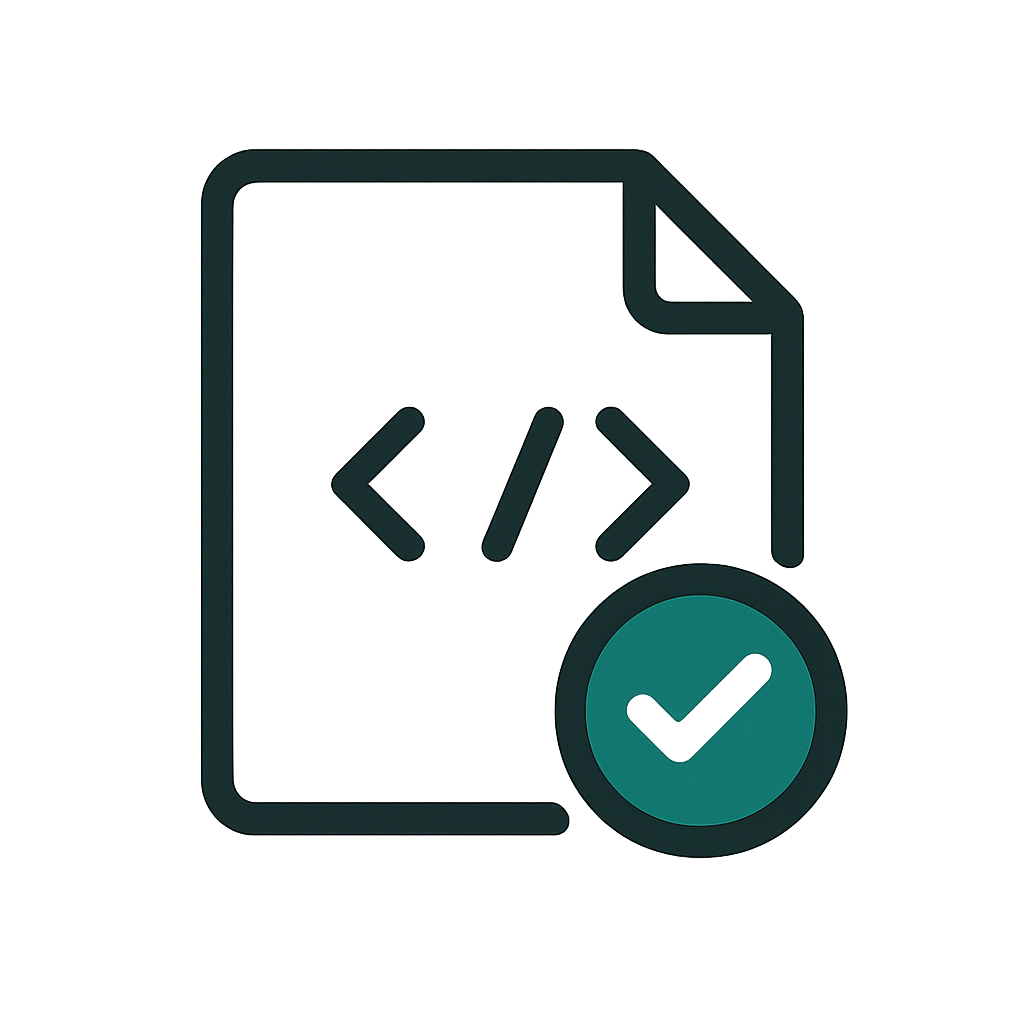Sample findings
Deep dive into the abyss: Here the attacker sneaks SQL fragments into your column name by dancing a char[] jig and a harmless-looking Replace. No obvious + ' pattern for scanners—yet at runtime that filter string can become Id); DROP TABLE Users;-- and obliterate your entire table.
Real-world carnage: Once arbitrary SQL runs, it’s not just data theft—imagine ransomware-style encryption of your entire schema, silent deletion of audit trails, or even creating backdoor admin users without a whisper in your logs.
Why every regex-hound fails: Static tools hunt for literal concatenations and known payloads. But developers—those creative artists—will obfuscate their string builds in a thousand subtle ways. A new string(char[]) followed by a Replace camouflages the real payload.
Battle plan: Treat any dynamic SQL as untrusted territory. Enforce a strict allow-list of columns, tables, and operations. In code review, demand proof that every identifier is vetted before it reaches SqlCommand.
Deep dive into the shadows: The URL to your plugin is hidden in Base64, decoded at runtime, and fed to Assembly.Load. No "http://" literal ever appears, so scanners yawn. Meanwhile, an attacker’s malicious DLL runs in your process, free to roam your servers.
Real-world fallout: Supply-chain attacks, cryptominers burrowing into your memory, or privilege escalation scripts dancing through your endpoints. One sneaky DLL load, and your entire infrastructure is a puppet in the attacker’s hands.
Why the alarms never sound: Static analysis sees a harmless Convert.FromBase64String and GetByteArrayAsync. It has no clue those bytes become a live assembly loaded into memory.
Battle plan: Enforce HTTPS and domain-locked allow-lists before any download. Verify cryptographic signatures or strong-name tokens on every loaded assembly. Treat any Assembly.Load from external data as a five-alarm emergency.
Deep dive into the maze: Attackers slip in a Unicode division slash (%u2215) instead of “../”, bypassing every naive traversal filter. At runtime Path.Combine and Normalize() collapse it into “C:\Windows\System32\drivers\etc\hosts”, spilling your secrets.
Real-world devastation: Password files, private keys, configuration secrets—anything on disk is exposed. In a cloud-multi-tenant world, one stray traversal can leak tenant A’s data to tenant B.
Why scanners stand down: They look for literal “../” or “%2e%2e”. They don’t normalize Unicode or spot homograph attacks. This unseen slash is the perfect Trojan horse.
Battle plan: Always call Path.GetFullPath on combined paths, compare against a hard-coded base directory, and reject anything that strays. Normalize to FormC first so no Unicode trickery survives.
Deep dive into the fuse: By reading your compressor name from an environment variable, you hand attackers the match. They set COMP=cmd.exe /c del C:\*, and suddenly your backup routine nukes production data instead of archiving it.
Real-world apocalypse: Full remote code execution, data corruption, service outage—whatever the shell can do, the attacker can script. In container pipelines, a single poisoned env-var is all it takes.
Why scanners miss it: There’s no direct user parameter in the code—just a call to Environment.GetEnvironmentVariable. Static tools ignore env-vars, assuming they’re benign.
Battle plan: Never let untrusted sources name your binaries. Hard-code critical tools or validate against a locked-down list before passing to ProcessStartInfo.
Deep dive into the pandemonium: By default, XmlDocument.LoadXml eats DTDs and external entities. An attacker hides a percent-encoded DOCTYPE like %!ENTITY x SYSTEM 'file:///etc/passwd'%26;, and your parser happily hands over root’s secrets.
Real-world carnage: Local file exfiltration, internal SS-RF to cloud metadata services, or memory-blowing “billion laughs” bombs. Any XML endpoint is a ticking time bomb without proper hardening.
Why scanners hit mute: They search for literal “!DOCTYPE” or “SYSTEM”, but the payload is percent-encoded or uses alternate encodings. No match, no alarm.
Battle plan: Turn off DTD processing (DtdProcessing = Prohibit) and null out the XmlResolver. Or better yet, ditch XML for JSON if you can—there’s no XXE in JSON land.
You’ve seen how even innocent-looking code can harbor catastrophic backdoors.
Every developer writes snippets a little differently—each variation a new hiding spot
for an attacker’s payload. If you’re not having every line manually audited by experts
who know all the tricks, you’re tempting disaster.
UK ICO fines can obliterate your bottom line:
• Up to £4,000 per PII record for failure to pay your data protection fee.
• Tier 1 breaches (e.g. minor principle violations): up to £8.7 million or 2 % of global turnover.
• Tier 2 “headline” breaches (e.g. lack of consent, late notifications): up to £17.5 million or 4 % of global turnover.
Beyond fines, you face mandatory breach notifications within 72 hours, personal liability for directors,
regulatory investigations, class‐action lawsuits, and irreparable damage to your brand.
Don’t wait for “it won’t happen to us” to become tomorrow’s headline.
Let’s start your comprehensive security audit today—before attackers expose the quirkiest line of code you’ve ever written.
🚀 Schedule Your Security Audit










